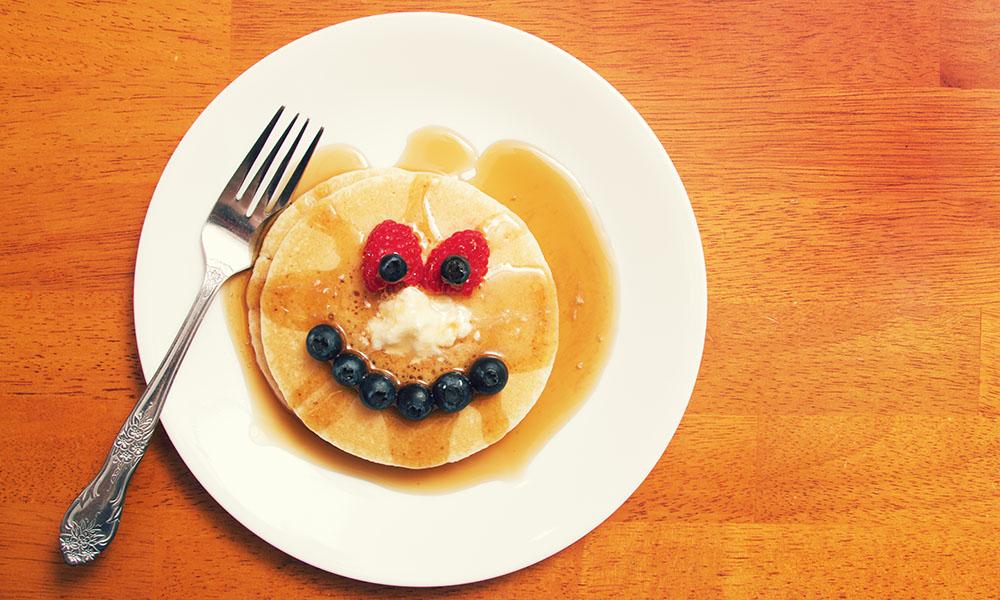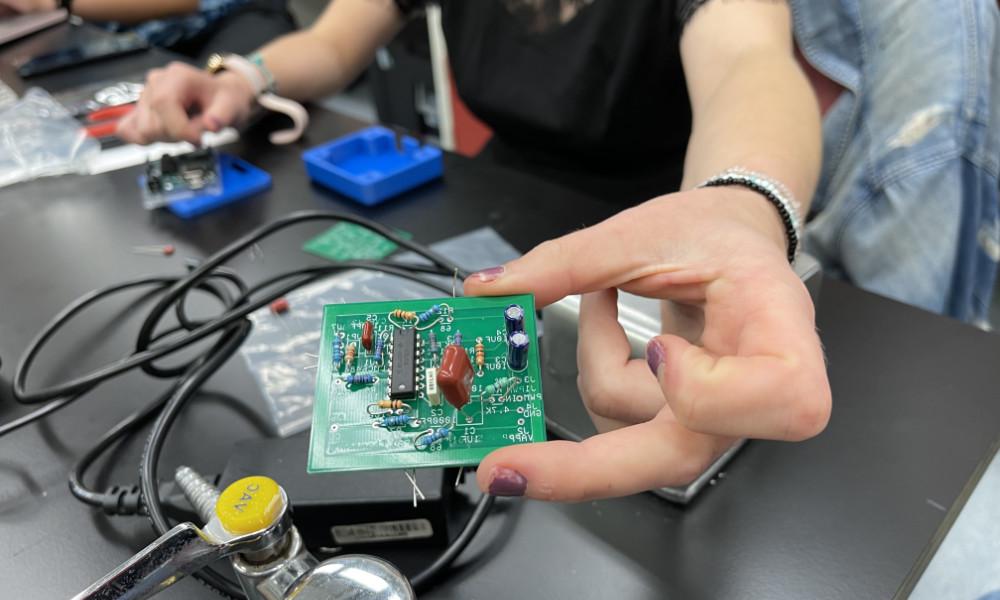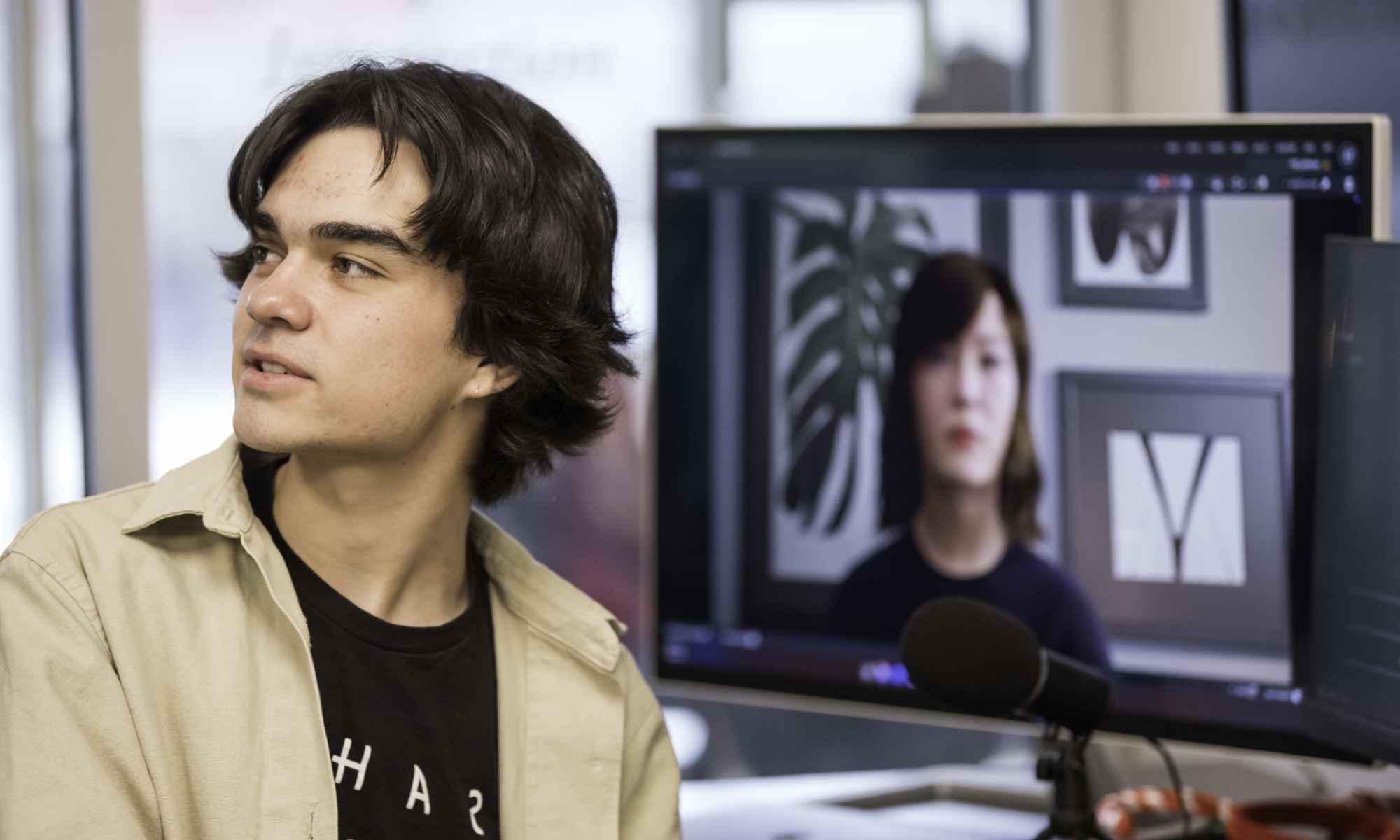十大赌博正规老平台的本科生开发了一种3d生物打印系统来复制植物中的化学物质, including those endangered by climate change.
Imagine a world without plants. Although this extreme scenario has not become a reality, 地球正面临着一个令人担忧的趋势——潜在的植物来源药物的迅速枯竭. Globally, 数以万计的开花植物在医学应用中发挥着重要作用, 但主导美国市场的许多药品严重依赖进口植物原料,这些原料需要非常特殊的气候条件才能达到最佳生长. 气候变化等因素加剧了对许多植物物种的威胁, invasive pests and diseases, and farming practices struggling to meet the large demand for end products.
To address these problems, a team of 10 University of Rochester 本科生开创了新技术,更有效地复制植物中发现的有用化学物质, including those endangered by Earth’s changing climate. Calling themselves “Team RoSynth,学生们创造了一个经济实惠的3d打印系统,以优化按需生产, plant-derived drugs and pharmaceuticals.
In November, the team entered their research in the 2023 International Genetically Engineered Machine (iGEM) competition, 这是一项由全球学生领导的团队利用合成生物学解决现实世界问题的竞赛. 合成生物学利用工程学来构建受自然启发的生物部件. 十大赌博正规老平台团队的项目被提名为最佳生物制造项目和最佳硬件,并获得金奖, making them the third most recognized team in the United States. The team competed against 402 teams from six continents.
“RoSynth团队的技术具有推动整个合成生物学领域发展的巨大潜力, allowing for straightforward, accessible production of new engineered living materials,” says Anne S. Meyer, an associate professor in the Department of Biology and one of the advisors for Rochester’s iGEM team.
An ‘ingenious’ method of bioprinting hydrogels
RoSynth团队设计了他们的3D生物打印机来打印水凝胶——一种由水和聚合物组成的果冻状物质,可以容纳和释放生物分子. 罗彻斯特团队的系统是独一无二的,因为它在相邻的水凝胶中打印基因工程细菌和基因工程酵母, which are then submerged in a liquid nutrient broth. 使最终产品化学化的复杂工作由两种不同类型的微生物完成, making the process go more easily and quickly.
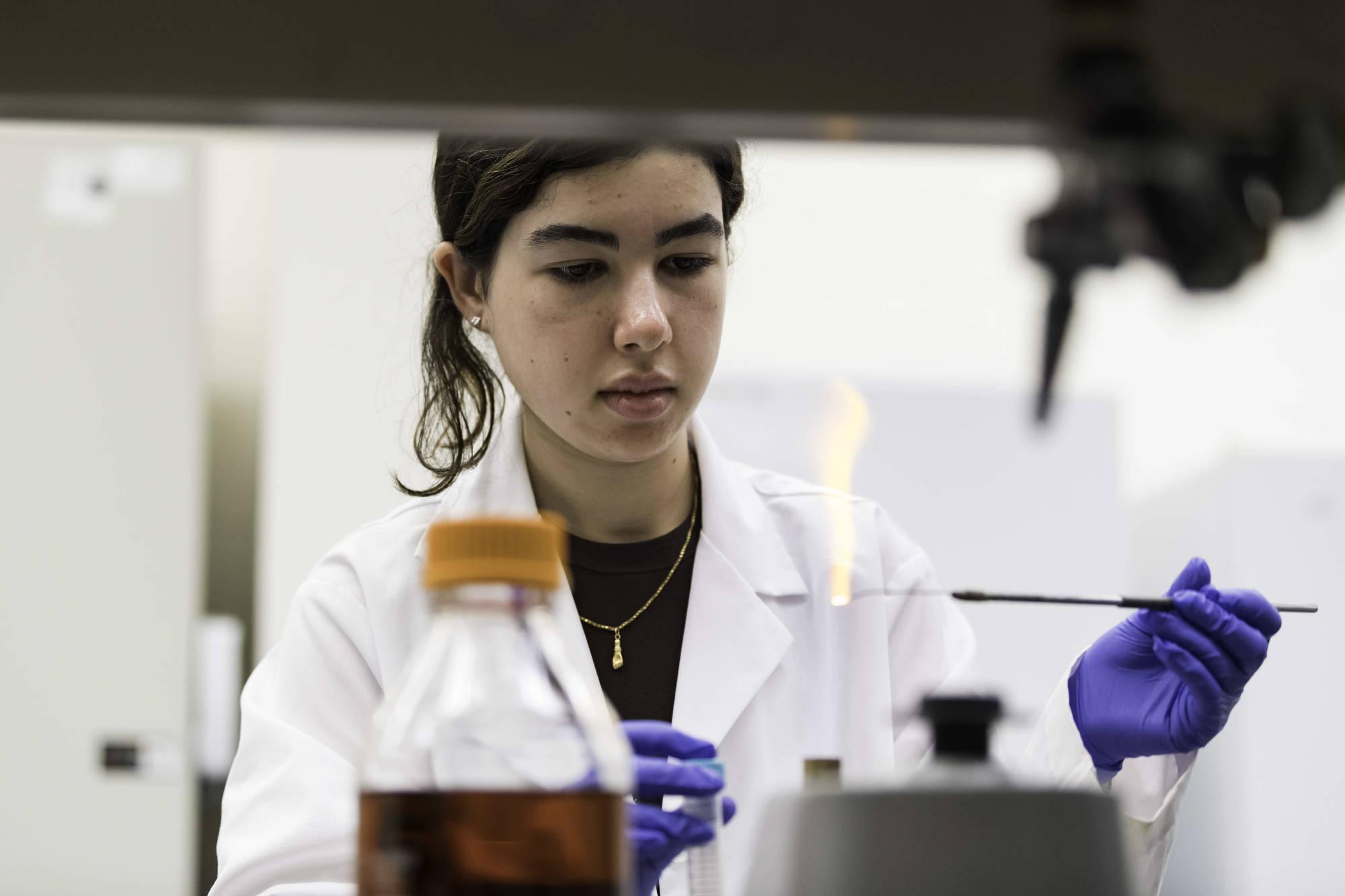
A key innovation lies in the fact that the yeast and the bacteria need to grow separately to prevent one microbe from growing faster and causing the slower-growing microbe to die off; however, 这两种微生物还需要能够交换分子,以形成最终的化学产物.
“为了解决这个棘手的问题,学生们想出了一个巧妙的解决方案,”迈耶说. “The yeast and the bacteria were 3D bioprinted in hydrogels, so the microbes were kept separate from each other, but the molecules they produced could exchange freely.”
The approach results in the synthetic creation of plant-based chemicals, without the need for actual plants.
As a test case, the team biochemically synthesized rosmarinic acid (RA). RA is typically extracted from plants such as rosemary, sage, and fern. 它被用作调味品和化妆品,也被证明具有抗氧化和抗炎的特性. While rosmarinic acid is not itself endangered, it was an ideal extract to test.
“迷迭香酸是一种有价值的植物化合物,但对学生们来说是无毒或危险的,” Meyer says. “Plus, the pathway to make it is pretty complex, consisting of a large number of enzymes that act sequentially.”
A response to climate change
The team, which is completely student led with several faculty members on hand as advisors, began brainstorming project ideas at the beginning of 2023. Inspired by the COVID-19 pandemic, climate change, and Rochester’s location near agricultural hubs in New York, 该团队优先解决气候对植物性化学品供应的影响.
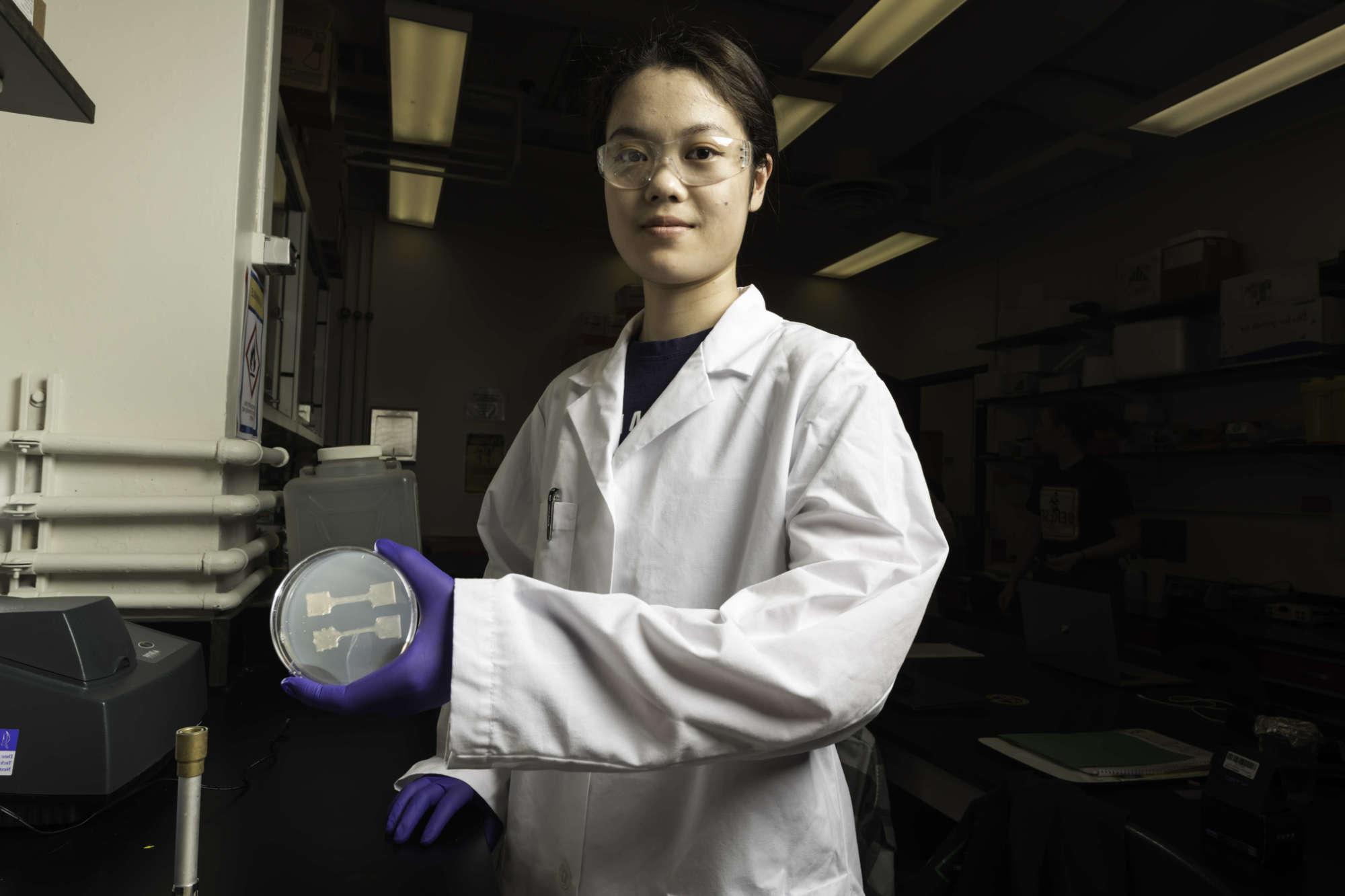
“Since we are located in Rochester, which is adjacent to the Finger Lakes region, a major agricultural area in New York State, 我们思考了气候变化的影响将如何导致未来几年作物产量下降,并影响当地植物和植物基化合物的供应,” says Catherine Xie, ’25, a molecular genetics major.
Adds Medha Pan ’24, 他也是分子遗传学专业的学生:“我们的iGEM团队专注于我们所面临的气候危机和农业短缺, especially in the COVID era. 我们已经亲眼目睹了获得可获得和可靠药物的重要性.”
可能受益于RoSynth团队开发的方法和技术的特定药物的例子包括阿司匹林, which is derived from willow tree bark, and the cancer drug taxol, 由已被确定为需要保护的紫杉树种发展而来.
An affordable bioprinter
该团队的部分任务是创造一种价格合理的生物打印机,采用开源设计,使其他人能够探索合成基于植物的化学物质.
“A typical bioprinter will cost over $10,000, but we engineered one under $500,” says Allie Tay ’25, a biomedical engineering major. “我们希望有一个3D生物打印机,实验室可以使用他们选择的任何分子来进行概念验证.”
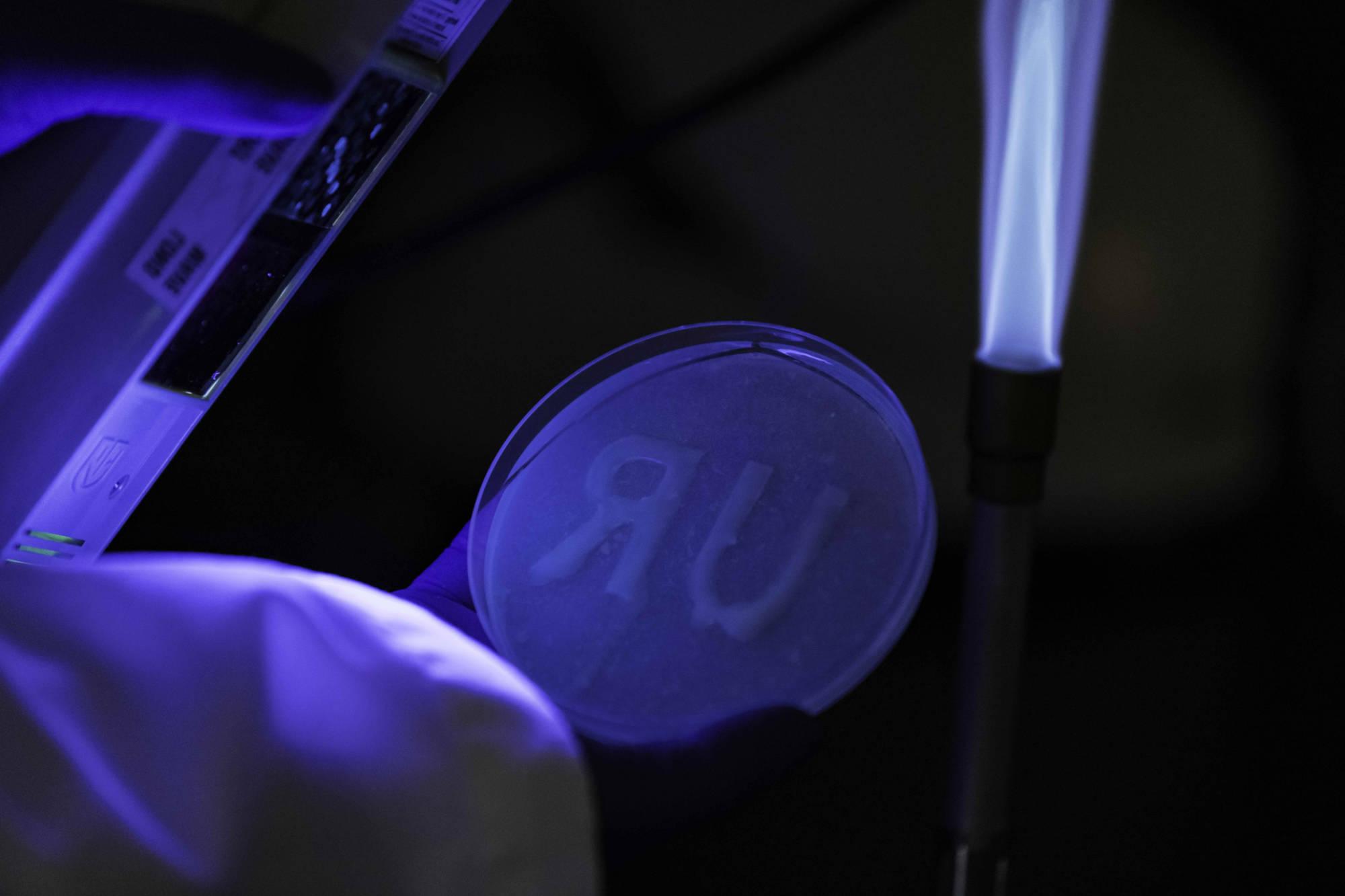
这个项目是这样的,其他科学家可以改变细菌和酵母的基因和工程途径,以生产几乎任何基于植物的化学物质. The design of the bioprinter itself is available on the team’s Wiki page 还包括如何构建和使用打印机的指南,以便其他人可以创建和适应各种用途的技术.
Blending nature with cutting-edge technology, 该团队证明,本科生可以在创纪录的时间内领导开创性的项目.
“Projects like these usually take years for PhD or grad students to develop,” Tay says, “事实上,我们是本科生,从2月到11月都在做这项工作,我认为这是一项相当大的任务.”


